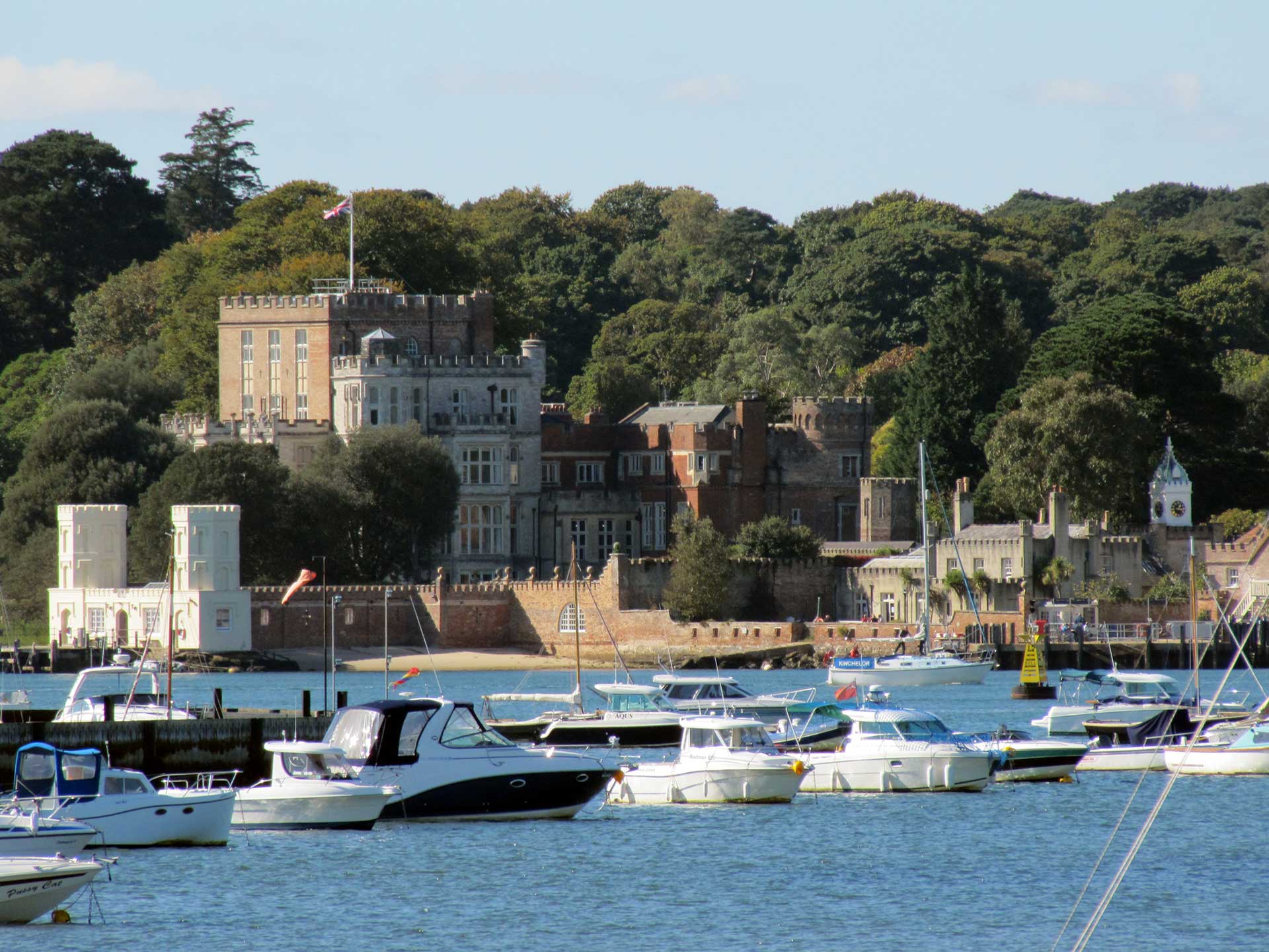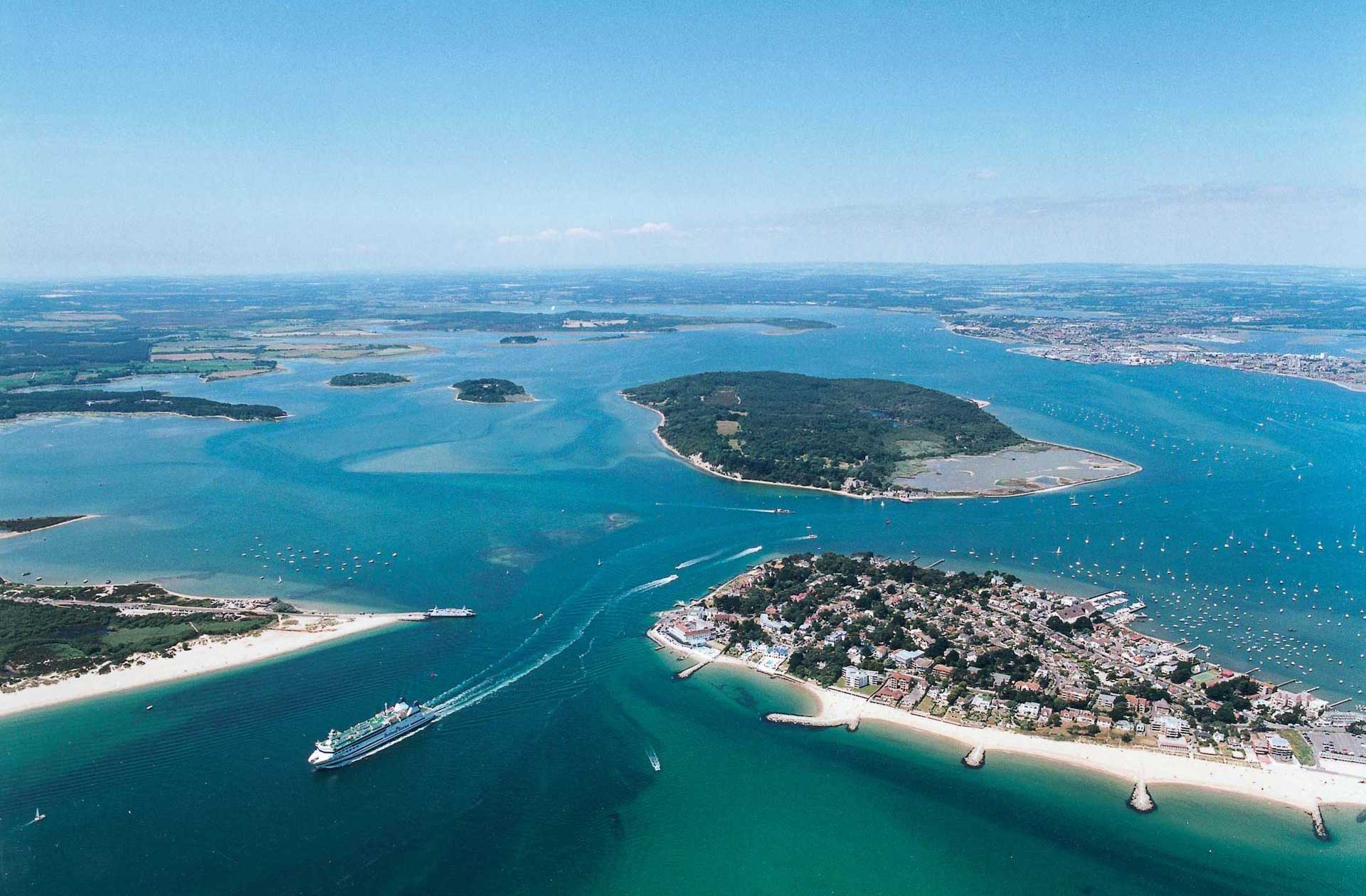

 Urbanization
Urbanization
Poole, in the South West Region of England, was a district within the former county of Dorset. In April 1st 1997 it has been a unitary authority as welle as its adjacent city of Bournemouth. In April 1st 2019, Bournemouth, Christchurch and Poole have been merged in a new unitary authority..
The town of Poole is located on the Northern shore of a vast tidal harbour which covers approximately 64 square kilometres. This harbour is extensively used by yachtsmen and other water sports enthusiasts and remains a commercial harbour for cross-channel traffic and British coastal shipping.
Over the years the town has seen marked expansion to the East of the old town centre as new residential suburbs have been added. Brownsea Island in the harbour is a wildlife sanctuary and run, on behalf of the nation, by the National Trust. Economically Poole is very diverse with a mix of engineering and technology companies and an extensive tourist sector.
Poole is somewhat unique amongst the South Coast Metropole members in having a substantial area designated as an Area of Outstanding Natural Beauty (AONB) within its boundaries. Poole Harbour has an area of approximately 39 square kilometres and enjoys a degree of environmental protection.
Poole Council administers an area of 64.75 square kilometres containing 139 074 people in 1998 (ONS population estimates). A that time, the population had grown by approximately 32 per cent since 1971 with fairly consistent growth rates of approximately 10 per cent every 10 years. In 2019, Poole has an estimated population of 151 583, a growth by approximately 9% between 1998 and 2019. The growth of population slowed since the end of the 20th century reflecting the national trends and the ageing of population in particular. The share of people aged over 65 now exceeds that of people aged under 20 (0-19= 21.95%; 65 and over= 22.89%).
The local economy
In 1997, the economy of Poole was dominated by employment within the service sector wwith distribution, hotels and restaurants accounting for 23% of local employment. Overall service sector employment accounts for 72.6% of local employment with public administration, education and health and banking, finance and insurance accounting for 23.5% and 16.7% of the total respectively. Poole had a strong manufacturing sector which accounted for 22.2% of all local employment, primary activities accounted for only 1.3% of total employment.
In 2018, the service sector is still dominant (83.1% of total employment). The main employment sectors are public administration, education and health (27.6%), distribution, hotels and restaurants (23.2%), and banking, financial and insurance (22.4%). Even if the manufacturing sector decreased to 11.8% of employment, it is relatively strong and above the 7.9% for England. Primary activities account for 1.3% of employment as well as in 1998.
The importance of manufacturing activity to Poole is directly attributable to a historical legacy of industrialisation and the presence of the port.
In terms of value added economic growth in 1997 was dominated by business and finance (29.23%) closely followed by manufacturing (17.87%) and the public sector (14.5%) although there is a nebulous category of enterprises in the other sectors category that contributes 30.18% to the total output of the area. In 2016, public sector is dominant (21.67%), followed by real estate activities (17.51%), distribution, transport, accommodation and food (16,40%), manufacturing (11,43%), Financial and insurance activities (9.06%), and professional and administrative services (7.90%). These various sectors generated around £4 003 million GVA in 2017; and £26 463 per head, below UK average (£27 555,-4%), but above the Dorset average (£21 454, +16%)
Poole hosted in 2018, 7 100 businesses on its territory, nearly 89.2% are micro businesses while only 10 have more than 1 000 employees.
Poole and Bournemouth lie immediately adjacent to one another, their town centres being only seven miles apart; and numerous projects have been taken jointly, particularly in the promotion of urban areas, infrastructures and the development of tourism.
In this sector, Poole stands out with a total of 4.998 million tourists in 2019 for an estimated expenditure of £319 million.
top

















